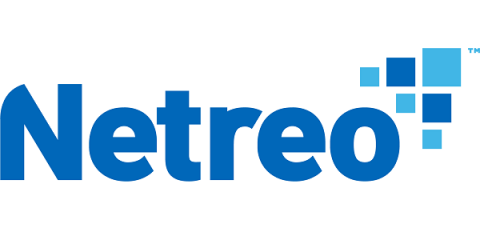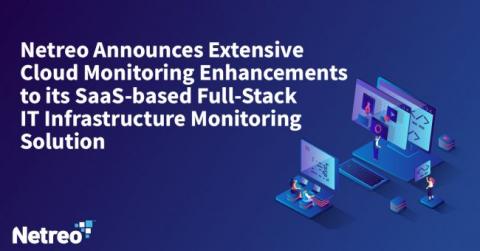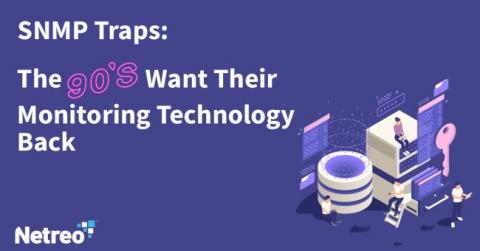How Many Servers Do I Need for Your Monitoring Solution?
What kind of questions do you ask when you look at infrastructure monitoring tools? You probably start with some of the more important ones: All of the above are good questions and definitely should be asked. After all, if you acquire a solution that only monitors half of your network devices, has an incredibly complicated and difficult to use UI or doesn’t move you from reactive to proactive, the benefits are limited.










